I veri intenditori non bevono vino, degustano segreti
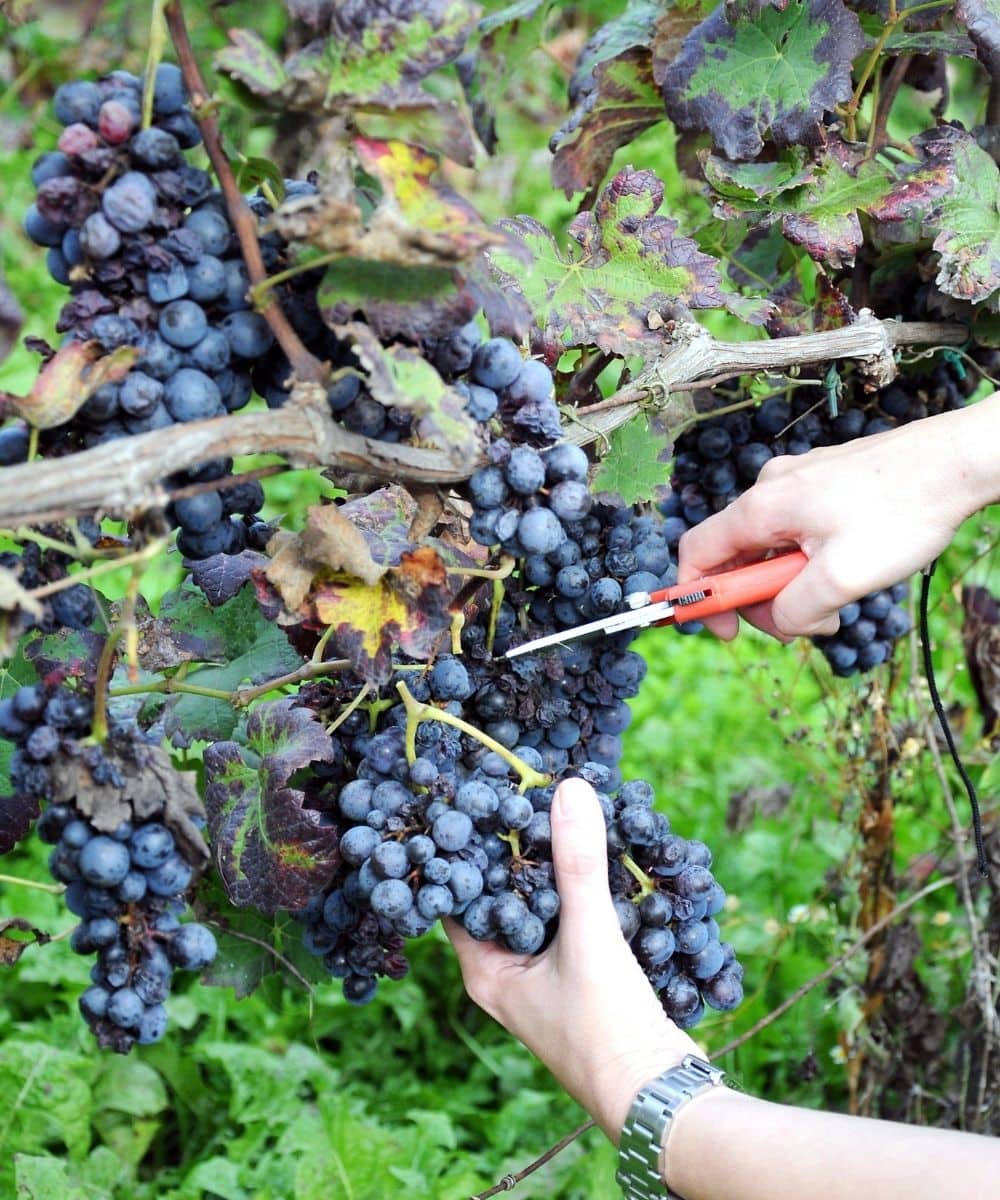
All’estremo confine sud della Lombardia dove la Pianura Padana incontra la catena montuosa degli appennini, si dispiega uno dei territori più magici e meno conosciuti d’Italia: l’Oltrepò Pavese.
Le colline dell’Oltrepò Pavese sono immerse in uno splendido scenario ondulato caratterizzato da un clima mite che beneficia di venti provenienti dal Mar Ligure, i rilievi sono costellati di piccoli e incantevoli borghi che conservano ancora tutto il fasciano della cultura contadina e che vi daranno la chiara sensazione di compiere un tuffo nel passato e approdare nell’Italia degli anni 50.
Lungo la strada vi capiterà spesso d’incontrare i castelli che ricordano la storia feudale del territorio, agriturismi con animali e numerosi stabilimenti termali.
Queste dolci colline sono caratterizzate da un terreno calcareo e argilloso e sono attraversate dal 45° parallelo: questi due aspetti le rendono particolarmente adatte per la coltivazione della vite. Percorrendo le strade dell’Oltrepò Pavese sarà impossibile non rimanere a bocca aperta osservando i declivi completamente ricoperti di vitigni che in primavera assumono tutte le tonalità del verde per poi passare nel mese di settembre agli struggenti colori dell’autunno.
Come organizzare una gita in Oltrepò Pavese
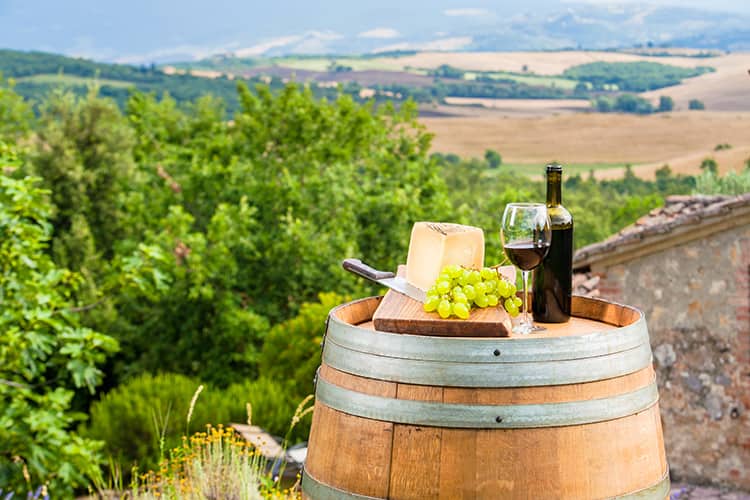
Il momento migliore per visitare le colline dell’Oltrepò è senza dubbio l’autunno: in questa stagione molte cantine offrono la possibilità di assistere – e in alcuni casi di partecipare – alla vendemmia. Vengono organizzate degustazioni e i produttori sono sempre entusiasti di parlare delle peculiarità dei loro vini. Percorrendo le strade dell’Oltrepò Pavese vedrete comparire ovunque lungo il percorso grandi cartelli con i nomi delle cantine e le indicazioni su dove trovarle: non avrete bisogno d’altro che bussare alla loro porta e il proprietario sarà felice di accompagnarvi a conoscere e degustare i suoi prodotti.
Ci sono naturalmente anche cantine più rinomate e strutturate che organizzano degustazioni guidate da esperti enologi, gite nei vigneti e nelle aree di lavorazione del prodotto: in questo caso sarà necessaria una prenotazione.
Durante la degustazione tenete presente che a differenza di altre aree vinicole d’Italia e d’Europa dove l’analisi del prodotto è più tecnica e viene condotta tramite l’assaggio di piccola quantità di prodotto, in Oltrepò il vino è soprattutto sinonimo di convivialità e allegria e, senza rendervene conto, il cantiniere potrebbe lasciarsi prendere la mano e versarvi generose quantità di vino nel bicchiere!
Le strade del vino
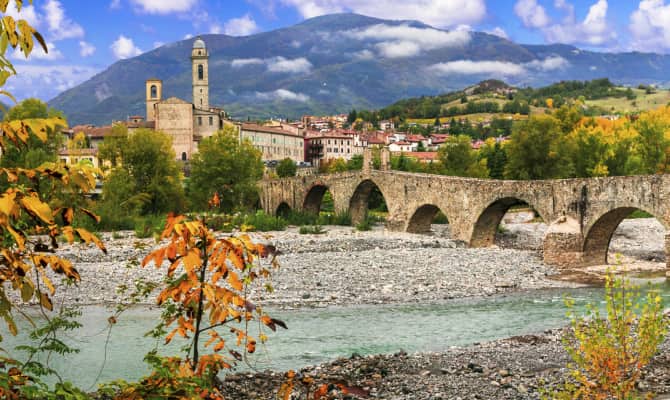
Le strade del vino e dei sapori dell’Oltrepò Pavese sono molte: considerate che tutta l’area comprende 78 comuni, ognuno dei quali dotato di cantine e ristoranti tipici. Le strade che collegano un borgo all’altro sono percorribili in auto o in bicicletta e, per gli amanti del trekking, esistono diversi percorsi panoramici come il Sentiero dei Briganti nella zona del Brallo, il Paese Fantasma che conduce a Rovaiolo Vecchio o l’Anello del Lesima, un trekking più impegnativo che regala incredibili scorci da un lato della Val Trebbia e dall’altro della Val Staffora.
Per quanto riguarda i borghi più caratteristici e consigliati per la loro bellezza e per le migliori cantine dell’Oltrepò pavese troviamo:
Fortunago, comune inserito nella lista dei “Borghi più belli d’Italia”.
Varzi, paese famoso in tutto il mondo per il suo salame, perfetto accompagnamento per un ottimo aperitivo con un buon calice di vino.
Montalto Pavese col suo fantastico belvedere che spazia sull’intera regione, incantevole al tramonto la salita alla Madonna dei Venti.
Zavatterello col suo bellissimo castello in pietra interamente visitabile il quale ospita frequentemente eventi.
La cittadina di Casteggio, famosa per le sue innumerevoli cantine e dove potrete visitare la Collegiata di San Pietro Martire.
Santa Maria della Versa, capitale dello spumante e del pinot: si tratta di un borghetto tranquillo circondato da innumerevoli vigneti che le fanno da cornice
Ultimo ma non ultimo il borgo di Bobbio col suo celebre ponte legato al leggendario scontro tra San Colombano e il Diavolo.
Un po' di storia
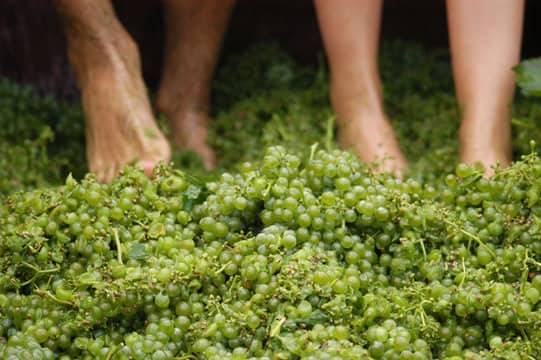
Da quando si parla della presenza dell’uomo sulle colline dell’Oltrepò Pavese si cita uva e vino.
Grazie ai ritrovamenti archeologici sappiamo che il territorio era abitato dagli Etruschi già a partire dal VII secolo a.C.: questo popolo si occupava della vinificazione non solo per il piacere del consumo ma anche per il commercio.
Una prima testimonianza scritta della zona dell’Oltrepò Pavese è fornita dal geografo e storico greco Strabone che, attraversando queste terre nel 40 a.C. a seguito dell’esercito romano, descrisse la zona in questo modo “vino buono, popolo ospitale e botti di legno molto grandi”.
In seguito anche Plinio il Vecchio citò le località di Clastidium (Casteggio) e Litubium (Retorbido) impressionato dalla loro florida viticoltura.
In quest’epoca la pigiatura avveniva con i piedi; sebbene questo sistema possa sembrare rudimentale è altrettanto vero che la scelta delle uve era molto meticolosa e i pestatori seguivano regole rigide: ad esempio, nel periodo precedente alla vendemmia, rispettavano una ferrea dieta alimentare vicina al digiuno al fine di evitare che troppo sudore cadesse nel mosto. In seguito, dopo la separazione del mosto dal liquido quest’ultimo veniva fatto riposare in contenitori di legno accanto alle vinacce e in questa fase venivano aggiunti gli aromi come il miele e le resine.
Durante gli anni delle invasioni barbariche fu il clero a conservare i segreti per la produzione del vino, i longobardi ne facevano largo uso ma non lo sapevano creare. Dobbiamo aspettare il 1500 perché il vino dell’Oltrepò Pavese ricompaia nelle testimonianze scritte come quelle del medico romano Andrea Bacci che durante il suo viaggio studio nella penisola parla così dei vini dell’Oltrepò: “l’uva prediletta è la pignola che da vino piccante, frizzante, limpido, saporito e al gradevole profumo di pinolo. Questo vino rosso nulla cede al confronto coi vini dell’Italia centrale”.
Un dato interessante riferito all’Almo Collegio Borromeo di Pavia nell’anno 1618 è che il 22% della spesa globale era stata riservata all’acquisto di vino. Nel XIX secolo iniziano le prime pubblicazioni specifiche del settore vinicolo e in questi anni viene prodotta la prima descrizione dettagliata di tutti i vitigni presenti nel Regno Piemontese di cui l’Oltrepò faceva parte: durante questo secolo l’Oltrepò produce ben 1 milione di ettolitri di vino. Questo periodo purtroppo fu segnato anche dall’arrivo della fillossera proveniente dai territori americani, un piccolo insetto che durante il XX secolo poterà alla distruzione di quasi tutti i vigneti d’Europa.
Oggi la zona dell’Oltrepò è una realtà unica in Italia: terra lontana dai maggiori itinerari turistici, popolata da gente ancora schietta che trasmette al proprio vino uguale carattere e vivacità.
I 5 vini da non perdere
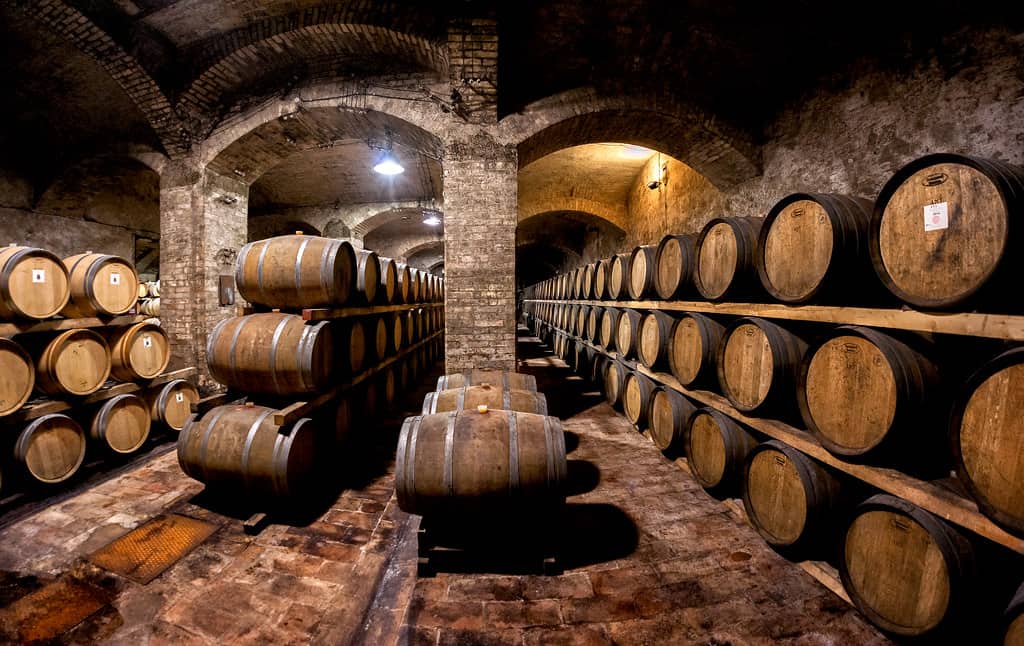
Per una degustazione degna di questo nome lasciatevi conquistare da questi cinque incredibili vini dai sapori e dai profumi unici.
Barbera: questo vino è caratterizzato dalla leggerezza e da un tannino leggero, doti che si esprimono al meglio nella sua versione frizzante. È un vitigno che si trova soprattutto al confine con il Piemonte. Da provare con gli agnolotti.
Bonarda: è il vino-simbolo dell’Oltrepò, lo si può trovare in versione sia ferma che frizzante ed è soprattutto a base di croatina. Si tratta di un vino vivace dall’aroma fruttato caratterizzato da sentori di lampone, fragola, ciliegia e fiori rossi. Perfetto da accoppiare con gli affettati.
Buttafuoco: il nome di questo vino deriva dall’espressione “al buta me al fueg” che significa “germoglia come il fuoco” e fa riferimento al vigore delle viti. Questo vino è composto dalle uve di barbera, croatina, uva rara e pinot nero ed è tipico dei paesi di Stradella, Broni, Canneto Pavese, Montescano, Cigognola e Pietra de Giorgi. Consigliato per accompagnare il piccione ripieno.
Metodo Classico: grande attenzione è dedicata agli spumanti Metodo Classico che utilizzano le uve di pinot nero di cui l’Oltrepò Pavese vanta il primato in Italia per produzione. Il Metodo Classico ha un bouquet elegante con fragranze di pane appena sfornato, accenni di agrumi, note di mandorle tostate e nocciole.
Cruasè: il nome di questo vino associa i termini cru e rosé e si ottiene con la macerazione a contatto con le bucce che genera un’intrigante veste rosata, dotato di cremosa effervescenza, freschi aromi di ciliegia e arance rosse.
Una visita alle incantevoli e poco esplorate terre dell’Oltrepò Pavese vi porterà a conoscere territori autentici e incontaminati e vi accompagnerà nella scoperta di alcuni tra i migliori vini d’Italia
L'autore
Scritto il 05/07/2021

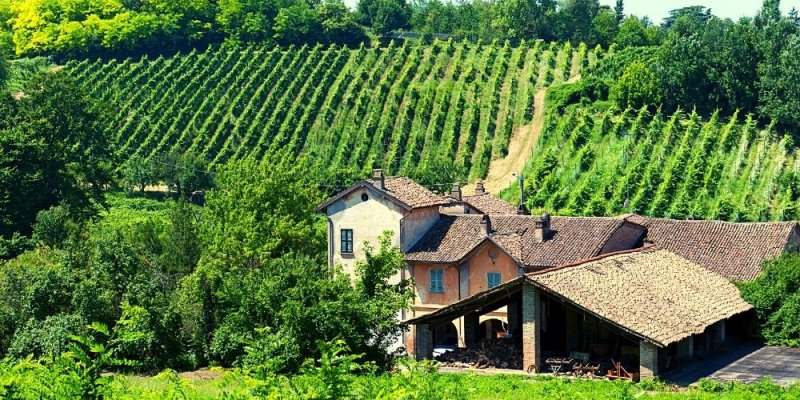

Gloria Venturini
All’estremo confine sud della Lombardia dove la Pianura Padana incontra la catena montuosa degli appennini, si dispiega uno dei territori più magici e meno conosciuti d’Italia: l’Oltrepò Pavese.